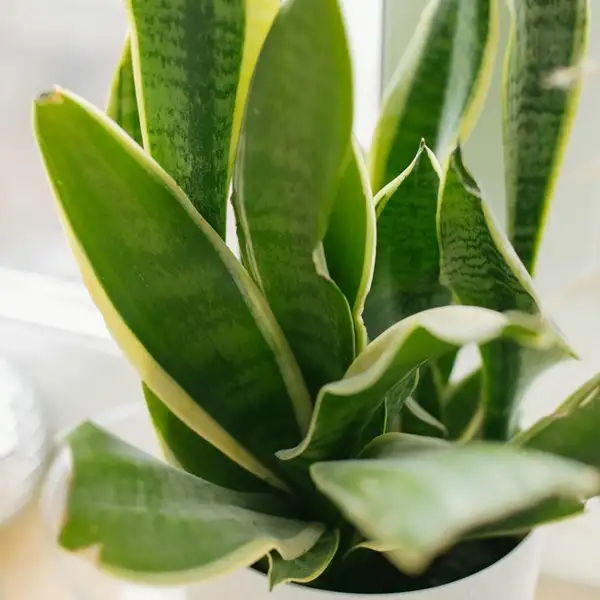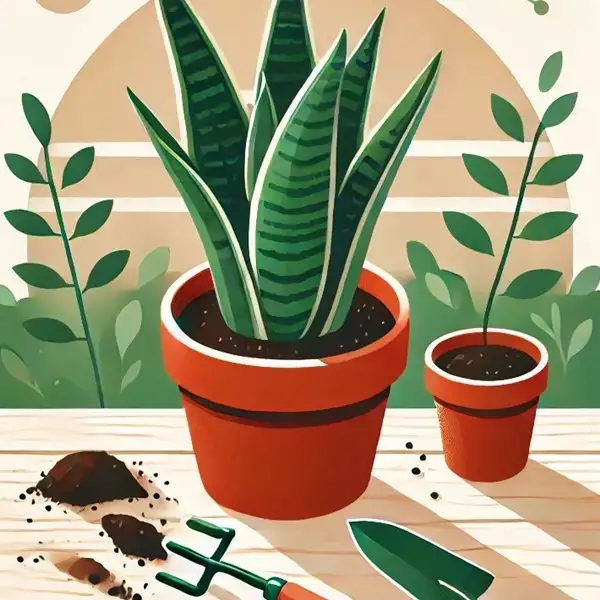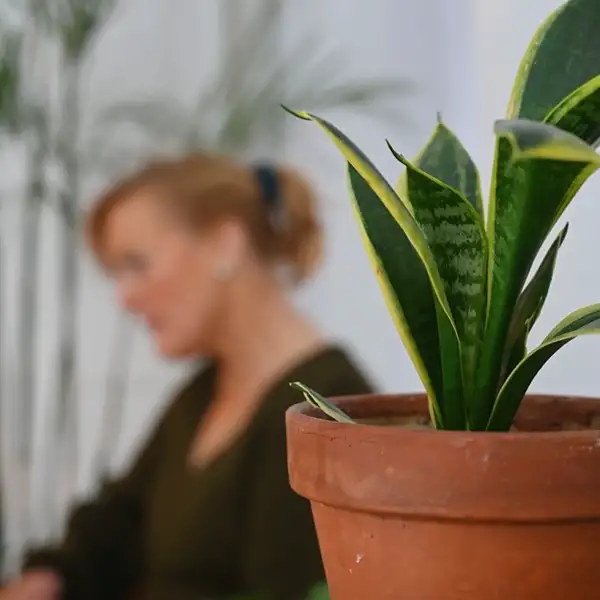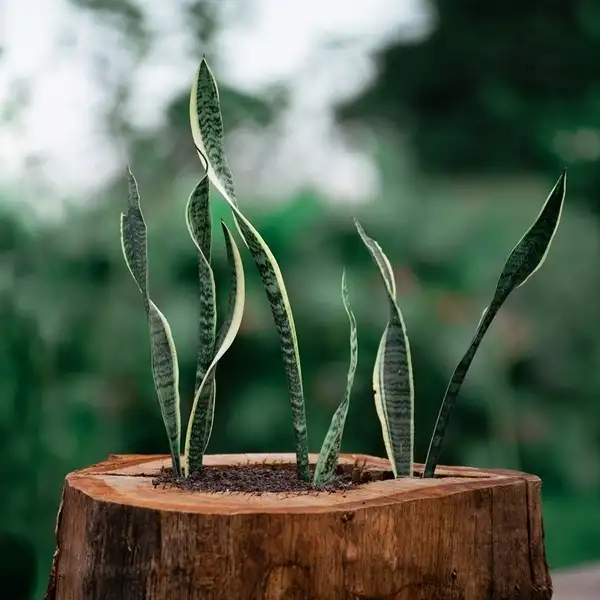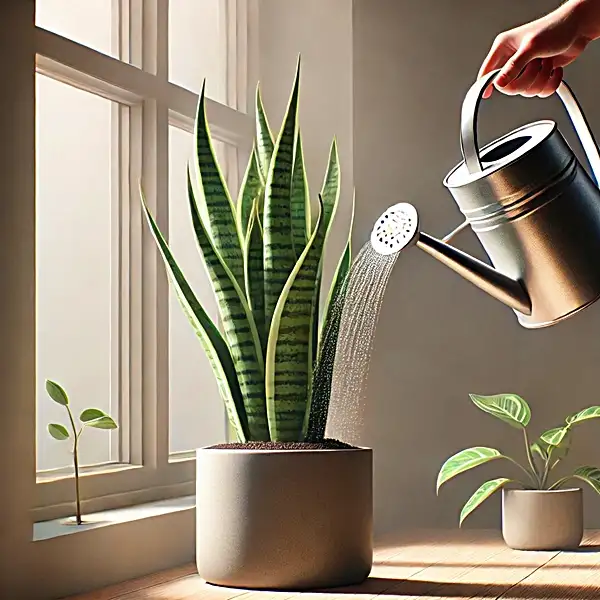Key Takeaways
| Key Takeaways | Why It Matters |
|---|---|
| Can snake plants live outside? | Discover surprising insights on their adaptability in outdoor settings. |
| What are the ideal conditions for outdoor growth? | Learn about the perfect mix of sunlight, soil, and watering balance. |
| What challenges might you face? | Be prepared for the potential risks and how to overcome them. |
| How to ensure long-term success? | Follow expert-recommended strategies for healthy, thriving plants. |
| Is it worth the effort? | Uncover the benefits of transitioning snake plants outdoors. |
Snake Plant Living Outside
I was in a botanical garden in Florida when I noticed snake plants flourishing outdoors. I could not help but wonder how these popular indoor plants were thriving so well outside.
Can snake plants really thrive outside? That question stuck with me so I made a list of several questions & asked different experts to learn more about what it takes to help snake plants thrive beyond the comfort of our homes.
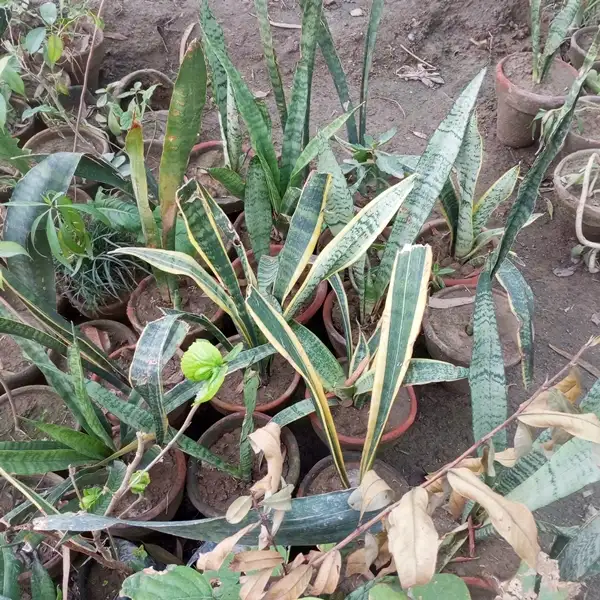
The snake plant scientifically known as ‘Sansevieria’ is a distinctive member of plant family Asparagaceae. Often referred to as mother-in-law’s tongue or viper’s bowstring hemp they have a reputation for being nearly indestructible houseplants that can survive neglect & differing conditions.
They are surreal looking due to their long & vertically-oriented foliage which can be green or variegated. They thrive in minimal light & require less frequent watering than most other indoor plants.
According to Royal Horticultural Society (RHS), snake plants are especially interesting because they remove many chemicals from indoor air that are harmful to humans such as formaldehyde, xylene & benzene.
They have sturdy rhizomes beneath their soil surface which give them resilience against harsh conditions – a trait tightly bound with their origins in West Africa where rainfall varies between heavy downpours followed by periods of severe droughts.
5 Ideal Growing Conditions for Snake Plants
| Condition | Description |
|---|---|
| Temperature 🌡️ |
|
| Soil 🌱 |
|
| Sunlight 🌞 |
|
| Watering 💧 |
|
| Placement 🌿 |
|
The National Gardening Association also points out that although Snake Plants endure inadequate TLC (tender loving care) better compared to several houseplants – consistent overwatering or excessive heat could eventually lead them towards rotting.
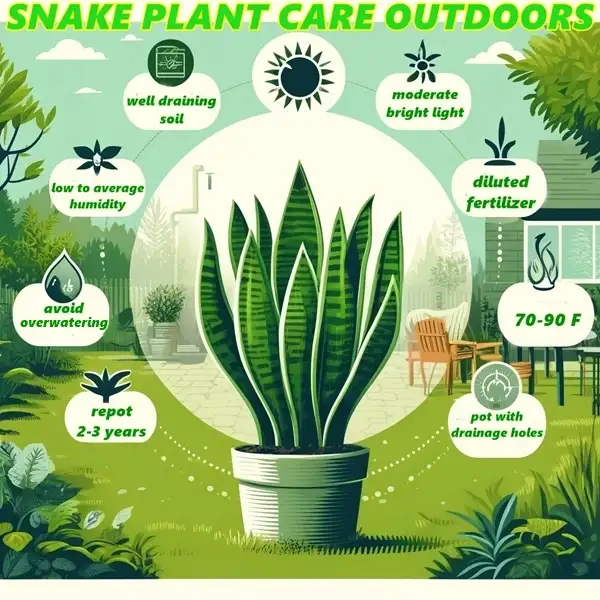
Can Snake Plants Live Outdoors? The Truth
Despite their common usage as indoor decorative flora, snake plants actually have impressive survival skills when placed outside too! Many gardeners speculate on whether these aesthetically pleasing organisms could amplify their garden scenery. The truth is – YES! Snake plants can grow outdoors but conditions should suit their needs.
Snake Plants are hardy in USDA plant hardiness zones 10 through 12 which means they cannot withstand frost or freezing temperatures. Areas experiencing milder winters where temperatures do not dip below about 50°F (10°C), like southern Florida or California, allow year-round outside living for these beauties.
How Weather Influences Their Growth Outside

The weather plays a significant role in whether or not your Snake Plant will thrive outdoors – particularly when considering precipitation and temperature variations.
- As durable as these plants are, frost and persistently cold climates are an absolute no-go!
- Overly moist soil may put them at risk of root rot whilst a continuous exposure to harsh direct sunlight could scorch their leaves.
That being said if kept under proper conditions with splendid drainage capabilities (to avoid overly saturated soils) along with moderate sunshine – your Snake Plant might love its outdoor setting quite nicely indeed!
4 Expert Tips To Grow Snake Plants Outdoors
| Tip | Details | Why It Matters |
|---|---|---|
| 📍 Evaluate Your Garden’s Microclimate | Before transitioning your snake plant outdoors, assess factors like temperature, humidity & sunlight in different areas of your garden | Understanding your garden’s specific conditions helps you choose perfect location & minimizing stress for plant |
| 🌱 Transition During Warmer Seasons | Move your snake plant outside in spring or summer when temperatures are consistently warm | Allows plant to adapt gradually without shock from sudden environmental changes |
| 🌞 Choose a Spot with Dappled Sunlight | Place your plant where it gets filtered sunlight such as under taller trees, next to shrubs or near a fence for partial shade | Prevents leaf scorching while still providing enough light for healthy growth |
| 💧 Strike the Right Watering Balance | Water deeply but infrequently & ensure soil drains well. Avoid letting plant sit in waterlogged soil | Prevents root rot while ensuring plant gets enough moisture during extreme heat |

8 Risks & 8 Benefits of Keeping Your Snake Plant Outside
When deciding whether to experiment with placing your snake plant outside, several factors need consideration primarily related to your local climate’s compatibility. Being conscious of these risks increases their chances of survival outdoors while you also enjoy the boon of an extra, robust green soldier beautifying your garden greens!
Here’s a list of risks for Snake Plants when placed outdoors –
| Aspect | Risks | Benefits |
|---|---|---|
| 🌡️ Temperature |
|
|
| 💧 Watering |
|
|
| 🐛 Pests |
|
|
| ☀️ Sunlight |
|
|
| 🌬️ Wind |
|
|
| 🌿 Invasive Growth |
|
|
| 🐾 Animal Interaction |
|
|
| 🌱 Soil Quality |
|
|
Yet all said & done, providing the right conditions allows these tropical flora warriors a unique opportunity to strengthen further – making them prime candidates for introducing resilience & aesthetic value in your outdoor gardens alike!
Outdoor Success for Snake Plants
The answer to “Can Snake Plants Live Outside?” is a definite yes—under the right conditions. With their hardy nature and roots tracing back to West Africa’s diverse climate, these plants are built to endure. As one expert put it –
‘Even toughest plants need a little TLC to bloom in new surroundings.’
So! If you are considering moving your snake plant outdoors, give it the right care as mentioned earlier & watch it flourish in fresh air.
Frequently Asked Questions
Can snake plants live outside in summer?
Yes! They stay good in warm temperatures with moderate sunlight & good drainage. Avoid overwatering during hot months.
Can snake plants survive winter outside?
No! They are sensitive to frost & freezing temperatures. In cold season, move them indoors or grow them in pots for easy relocation.
Are snake plants indoor or outdoor plants?
They are commonly indoor plants but can thrive outdoors in warm climates.


